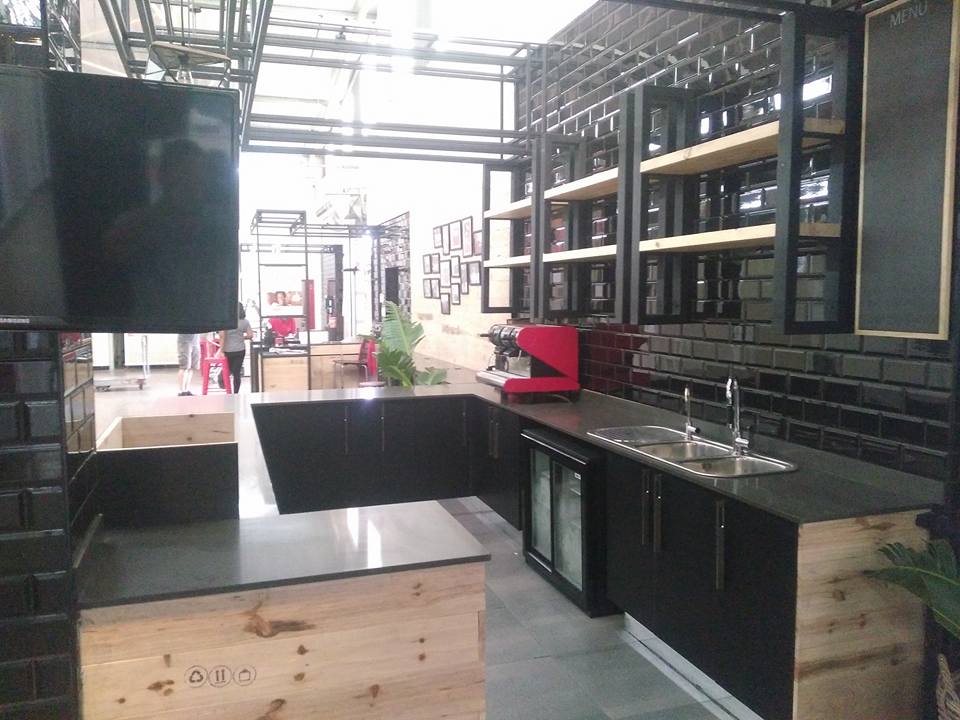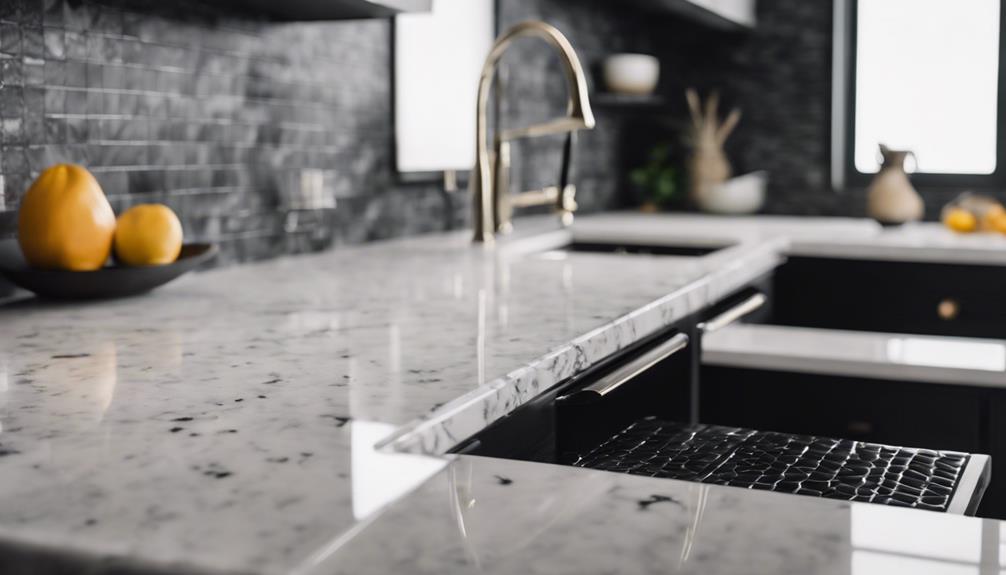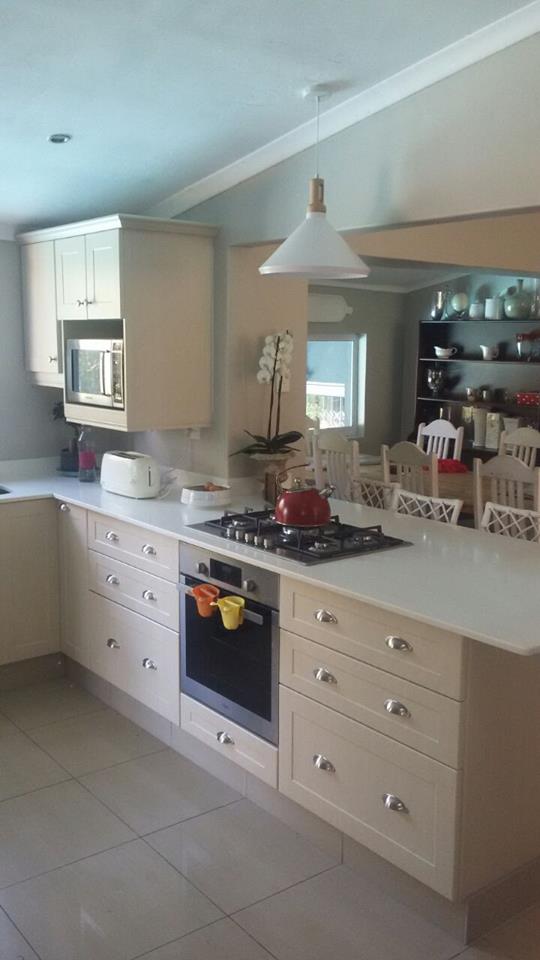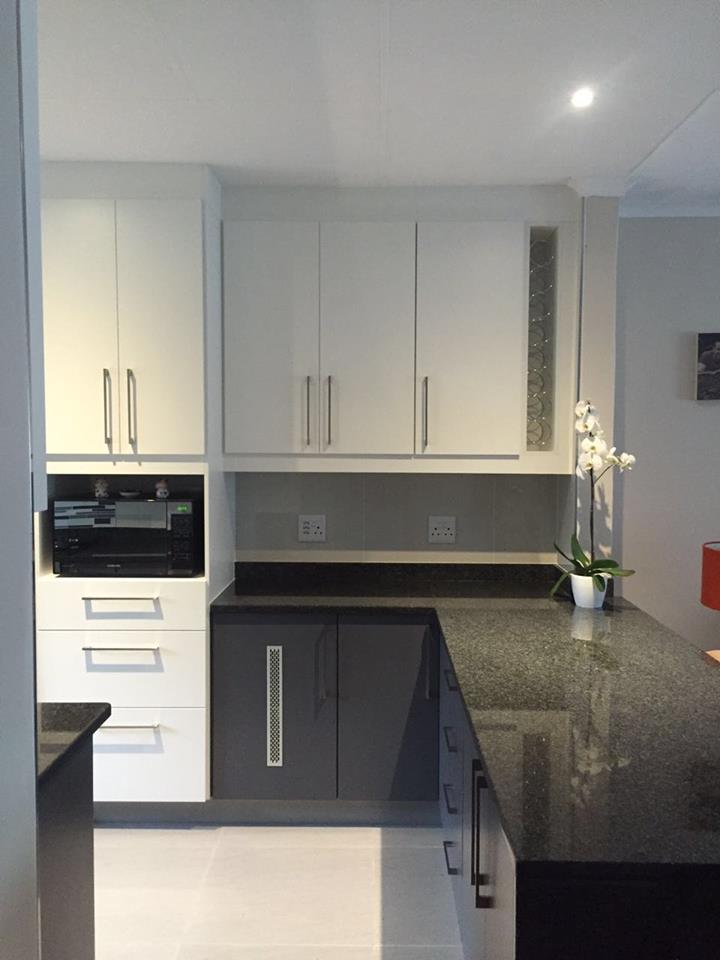When it comes to expert marble installation services, precision is paramount. Understanding the intricacies of selecting the right marble, carefully planning the layout, and applying mortar with exactitude are essential steps for a perfect finish. These ten key tips are pivotal for achieving not only an aesthetically pleasing outcome but also ensuring that the result is both durable and a worthwhile investment. Together, these tips form the foundation for the successful completion of your marble installation project.
Implementing these guidelines effectively guarantees a visually impressive and long-lasting finish. Each piece of advice is a crucial element in the puzzle, ensuring the overall success of your marble installation venture.
Understanding Marble Types
Understanding the Charm of Different Marble Types
Marble's elegance and adaptability are unmatched, with each variety bringing its own unique flair through distinct veining patterns and hues like Carrara, Calacatta, and Statuario. It's crucial to know what sets each type apart when picking marble tiles, as this can make or break the look you're aiming for.
Carrara Marble: A Classic Choice
Carrara marble, with its gentle grey background and soft veining, is a favourite for a reason. It's not just about its looks; this type has a classic charm that works well in various settings, be it a kitchen countertop or a bathroom floor. Its understated elegance means it won't overshadow the rest of your decor, but will complement it beautifully.
Calacatta Marble: Luxurious and Bold
On the other hand, Calacatta marble turns heads with its striking veining against a pure white background. If you're after a touch of luxury, this is the one to go for. Whether it's a statement kitchen island or a feature wall in the living room, Calacatta marble adds that wow factor, making any space feel more opulent.
Statuario Marble: Sophistication Unleashed
Statuario marble is all about making a bold statement. The vivid veining on its bright white background is perfect if you're looking to create a sophisticated vibe. It's the kind of marble that draws attention the moment someone walks into the room, ideal for places where you want to make an impact, like an entrance hall or a master ensuite.
Choosing the Right Marble Tile
Picking the right marble tile is more than just going for what looks good. It's about understanding how the unique characteristics of Carrara, Calacatta, or Statuario can enhance the specific atmosphere you're trying to create. Whether it's the understated elegance of Carrara, the luxurious feel of Calacatta, or the dramatic presence of Statuario, the key is to match the marble's attributes with your space's design and functional needs. This way, you'll not only achieve the desired aesthetic but also ensure that the space is both beautiful and practical.
Testing Marble Quality
Testing Marble Surfaces for Longevity and Suitability
When it comes to ensuring the longevity and suitability of marble for your projects, it's crucial to test its quality properly. Let's kick things off with a scratch test. Grab a knife and gently drag it across the marble surface. This isn't about defacing the beautiful stone but understanding how resilient it is. If it scratches easily, it might not be the best fit for high-traffic areas.
Water Absorption: Spotting the Spill Risks
Next up, the water absorption test is something you shouldn't skip, especially if the marble is going to be anywhere near water or spills. Just place a few drops of water on the marble and watch how quickly it gets absorbed. If the water sits on the surface for a while before getting absorbed, you're in the clear. This test is a simple way to predict how the marble will handle spills and moisture over time.
Inspecting for Flaws: A Closer Look
Now, grab a magnifying glass and take a closer look at the marble. You're on the lookout for any cracks, fissures, or areas of discoloration. These imperfections not only affect the marble's appearance but can also be indicators of deeper quality issues. It's all about spotting potential problems before they become actual headaches.
Thickness Matters: Ensuring Strength and Stability
Checking the thickness of the marble slab is more important than you might think. It's not just about aesthetics; it's about ensuring the marble has the strength and stability to withstand the demands of its intended application, particularly in high-traffic areas. Thicker slabs are generally more durable and less prone to cracking under pressure.
Seek Professional Insight: The Value of Expertise
Lastly, don't underestimate the value of consulting with a professional marble expert. They can offer insights into the quality, authenticity, and best applications of natural stone tiles. Their expertise can be the difference between a successful installation and long-term satisfaction and a project that falls short of expectations.
Planning Design Layout

When planning the design layout for marble installation, it is important to employ precise measurement techniques to ensure accurate placement. Optimal tile positioning, starting from the center of the room, helps achieve a balanced and symmetrical aesthetic. Utilizing layout visualization tools can help in the creation of multiple design options for easier selection and customization.
Precise Measurement Techniques
Implementing Precise Measurement Techniques for Marble Installation
Getting your measurements spot on is crucial when you're planning to lay down marble tiles. It's all about avoiding the headache of buying too much or – even worse – too little material. So, grab your tape measure and take the room's dimensions accurately. This way, you'll know exactly how much marble you'll need, preventing any unnecessary trips back to the store.
Start at the Heart
Kicking things off from the centre of the room isn't just about making things look nice; it's about creating a sense of harmony and balance in the space. When each tile radiates out from the middle, you ensure that the finished layout looks intentional and symmetrical, which is pretty much the dream outcome.
Drawing Your Guides
Sketching out reference lines may seem like an extra step, but it's a game-changer for lining up those tiles just right. Think of these lines as your blueprint for perfection. By following them, you ensure every tile sits where it should, keeping your design sharp and aligned.
Laying Down the Law with Full Tiles
There's a simple reason for placing full tiles along your reference lines first: it keeps everything neat and tidy. Starting with whole tiles allows you to maintain a clean, orderly look throughout the installation. Plus, it saves the trickier cutting and fitting of tiles around the room's edges for last, making the entire process smoother.
Why It Matters
In the grand scheme of things, these steps might feel a bit meticulous, but they're the difference between a professional-looking marble installation and one that's just okay. By measuring accurately, starting from the centre, drawing reference lines, and laying full tiles first, you're setting yourself up for success. It's about taking the time to do things right and appreciating the beauty of a well-laid marble floor.
Optimal Tile Placement
Planning Your Marble Tile Layout
To make sure your marble tile floor looks spot-on and holds up well, it's crucial to sketch out your design first. Imagine trying to build a puzzle without the picture on the box; planning ahead saves you from ending up with a wonky-looking floor. Grab those room measurements and map out your tiles on paper. It's like giving yourself a roadmap to follow, ensuring every piece lands in the right spot.
Starting from the Centre
Kicking things off from the middle of the room is a smart move with ceramic tiles. This approach isn't just about making things look good (though it definitely helps with that); it's about balance. If you start from the edges, you might end up with tiny, awkward slivers of tile by the time you get to the heart of the room. But by beginning in the centre, you ensure the layout looks harmonious and feels right.
Creating Design Options
You wouldn't buy a car without checking out a few different models first, right? The same goes for your tile layout. Drafting a few design possibilities gives you the freedom to choose the best look for your space. Plus, it's a great way to play around with ideas until you find the perfect one. And don't forget those reference lines; they're your best friends when it comes to nailing down the centre of the room and keeping everything symmetrical.
Double-Checking Your Design
Before you dive into installation, take a moment to review your plan. It's like doing a final check before a performance; it ensures everything runs smoothly. This step is all about catching any potential issues before they turn into real headaches. Trust me, a little extra time spent here can save you a lot of time (and tiles) in the long run.
Layout Visualization Tools
Harnessing the Power of Layout Visualisation Tools for Marble Tile Planning
When you're gearing up to bring a splash of luxury to your floors and walls with marble tiles, turning to layout visualisation tools can be a game-changer. These digital helpers are crucial for sketching out your dream design in precise detail before a single tile is laid. Let's walk through the top benefits of using these tools in your next interior design project.
Play Around with Ideas
First up, these tools let you experiment. Fancy a herringbone pattern in your hallway? Or maybe a classic checkerboard in the kitchen? With layout visualisation software, you can try on different patterns like outfits, mixing and matching until everything looks just right. This freedom to experiment without commitment or cost is a huge advantage.
Explore Design Possibilities
Then there's the sheer variety of design options at your fingertips. Whether you're drawn to the natural elegance of subtle, veined marble for a serene bathroom or the bold statement of dark, polished tiles in your entryway, these tools help you explore and refine your vision. It's like having a digital mood board that's both limitless and precise.
Maximise Material Use
Efficiently using materials is another big win. By accurately estimating how many tiles you'll need, you're not just saving money; you're also minimising waste. It's a smart move for both your budget and the planet. Plus, knowing exactly what you need helps keep your project on track without last-minute dashes to the store for more tiles.
Avoid Costly Mistakes
Perhaps the most persuasive reason to use these tools is the ability to dodge expensive errors. Imagine realising that the pattern you loved on paper clashes horribly with your room's natural light — after you've already installed it. By visualising and tweaking your design beforehand, you sidestep these mishaps, ensuring that the final result is exactly what you envisioned.
Subfloor Preparation Importance

Preparing Your Subfloor Properly
It's absolutely essential to get your subfloor ready properly if you're planning to lay down marble flooring. This step is key in making sure your marble floor doesn't just look good on day one but continues to look stunning for years. If you're working with a concrete subfloor, you're in luck because it's strong and stable – just what marble tiles need. But if your subfloor is made of wood, you'll need to beef it up with cement boards to stop it from bending or cracking under the marble's weight.
Why a Level Subfloor Matters
So, why fuss over getting the subfloor right? Well, it's all about making sure your marble tiles sit perfectly flat. An uneven subfloor could mean your tiles don't lay flat, leading to cracks or damage later on. It's not just about supporting the tiles' weight today but keeping your floor looking great in the long run. By putting in the effort upfront with your subfloor, you're setting the stage for a durable, beautiful marble floor.
In Conclusion
Taking the time to prepare your subfloor properly isn't just a technical step; it's the foundation of a successful marble flooring project. With a solid and level base, your marble tiles will not only look better but will also last much longer. Whether you're working with concrete or need to firm up a wooden subfloor with cement boards, this effort is a wise investment in the beauty and longevity of your flooring.
Utilizing Reference Lines
Mastering Reference Lines for Flawless Tile Installation
Using reference lines is like having a roadmap for your tile installation project. Whether you're laying down marble tiles, porcelain, or ceramic, these lines are your best friends for ensuring everything lines up perfectly. Let's chat about how to use them effectively.
Finding Your Starting Point
First off, reference lines are brilliant for pinpointing the centre of the room. It's like marking the spot where your tile journey begins. By starting here, your layout grows evenly, preventing any awkward tile cuts at the room's edges. It's about setting the stage for a balanced look right from the get-go.
Keeping Everything in Line
Laying your tiles along these reference lines means you're more likely to keep a consistent pattern. Imagine laying out a puzzle; if you start with a straight edge, everything else falls into place much easier. It's the same with tiles – those lines ensure your design stays on track, giving it that sleek, professional vibe.
Tweaking for Perfection
Sometimes, things don't line up the way you envisioned. That's okay! Adjusting your reference lines before you lay down a single tile allows you to tweak your plan, ensuring everything fits just right. Think of it as a pre-emptive strike against misalignment, saving you from headaches later on.
The Final Check
Before you commit to laying down the tiles, take a moment to check everything against your reference lines. It's like proofreading an essay; you're looking for any last-minute adjustments that need to be made. This step is crucial for catching any potential slip-ups, ensuring your tiles look seamless and stunning.
Incorporating reference lines into your tile installation isn't just a good idea; it's a must for anyone aiming for that flawless finish. Whether you're a DIY enthusiast or a seasoned pro, these guidelines help transform your vision into reality, one tile at a time. Remember, it's all about precision, consistency, and a bit of adjustment here and there. With these tips, you're well on your way to achieving a beautifully tiled space that's sure to impress.
Double-Checking Design Accuracy

Ensuring design precision through a meticulous accuracy verification process is fundamental in achieving flawless marble installations.
Double-checking design accuracy guarantees that every component aligns seamlessly, reducing the likelihood of errors and rework.
This critical step is crucial for maintaining the integrity of the layout and ensuring a polished end result.
Design Precision Check
To nail the precision in marble installation, it's all about the details. Here's how you can make sure everything lines up just right:
- Check Those Reference Lines:
It's a game of double-checking here. You want to make sure those reference lines are spot on. This is crucial because it's all about getting those marble tiles to sit perfectly symmetrical. Think of it as the blueprint for your entire project. If these are off, everything else will be too.
- Layout Accuracy is Key:
Now, you've got to ensure the layout matches the design plan to a T. Any mismatch here and you could end up with a puzzle that doesn't fit. It's like when you're trying to replicate that amazing recipe and you need to make sure you've got all the ingredients just right – one wrong move and it's a whole different dish.
- Get it Centred:
Making sure the design is centered is non-negotiable. It's the difference between walking into a room and thinking, 'Wow, this looks amazing,' and feeling like something's just a bit off. You don't want your tiles playing a game of 'lean to the left.'
- Aim for a Professional Finish:
Getting the planning precise means you end up with a finish that not only looks professional but also enhances the beauty of the space. It's about creating a visual feast that makes everyone take a second look.
So, why does all this matter? Well, imagine you're painting a masterpiece. Every stroke, every color choice, it all has to be deliberate. The same goes for marble installation. It's not just about sticking tiles on a surface. It's about creating a space that feels intentional, harmonious, and downright stunning.
Remember, the devil is in the details. Taking the time to ensure everything is aligned, centered, and matches the plan will make all the difference. And while we're at it, why not throw in some product recommendations? For those reference lines, a high-quality laser level can be a game-changer. It's like having an extra set of eyes that never blink. And for checking that layout? A digital measuring tape can save you a world of trouble, ensuring your measurements are spot-on every time.
In essence, it's about marrying precision with creativity. With these steps, you're not just installing marble; you're crafting an experience, a space that tells its own story. So, let's get those tiles laid out perfectly, shall we?
Accuracy Verification Process
In the world of marble installation, paying close attention to details is key. Before you even start laying down those gorgeous marble tiles, it's crucial to double-check everything. You want your room to look spot on, right? That means making sure your reference lines and layout are perfect. Why? Because this ensures everything from the tiles to the overall design looks balanced and beautiful.
Measuring for Balance
First up, you've got to find the centre of the room. How? By measuring from one wall to the opposite one. This step is super important because it helps you achieve a balanced design that's pleasing to the eye. Nobody wants a room that looks lopsided! Once you've got your centre, it's all about laying down those tiles along your reference lines. This isn't just about making it look good; it's about making sure everything fits together perfectly, like a jigsaw puzzle.
Adjusting for Perfection
Sometimes, things don't go exactly to plan – and that's okay! If you notice your reference lines are a bit off, don't be afraid to adjust them. Keeping everything symmetrical and aligned is the name of the game. It's like when you're hanging a picture on the wall; even a slight tilt can throw off the whole look. By staying on top of these adjustments, you avoid any costly mistakes down the line.
Why does all this matter? Well, besides saving you from a potential headache, it ensures your marble installation looks absolutely stunning. And let's be honest, who doesn't want their space to look like it's straight out of a luxury home magazine? It's all about making sure the aesthetics are on point and the quality is top-notch. Plus, by nailing down the accuracy right from the get-go, you're guaranteeing a professional finish that'll have everyone oohing and aahing.
Proper Mortar Application
For a top-notch marble fitting, paying close attention to how you apply thin-set mortar is crucial for ensuring it sticks properly and lasts a long time. Here's how to nail your marble installation with some key mortar application tips:
Small Sections Work Best: Tackle the mortar spreading bit by bit. This approach stops it from drying out before you even get your tiles on.
Back Buttering Tiles: Before you lay each marble tile down, spread a thin layer of mortar on its back. This isn't just another step; it's what makes the tile stick well and stay put.
Choosing the Right Trowel: Grab a trowel with notched edges. This isn't about making the mortar look pretty; those notches help create a textured surface that enhances the bond between your marble and the mortar.
Quality Matters: Don't skimp on the mortar. High-quality mortar isn't just a recommendation; it's a necessity for a durable installation. Think of it as the foundation of your marble's longevity.
Why does all this matter? Well, marble isn't just any tile. Its unique properties mean that every step in the installation process needs to be handled with care. And when it comes to mortar, these steps ensure that your marble doesn't just look good on day one but stays looking pristine for years to come.
Whether you're a DIY enthusiast or a seasoned pro, remember, the devil's in the details – or in this case, the mortar.
Essential Tile Spacers

The Importance of Tile Spacers in Marble Installation
When it comes to fitting marble tiles perfectly, you really can't overlook tile spacers. These tiny tools are crucial for keeping your tiles evenly spaced and lined up. Think of them as the unsung heroes that help achieve that sleek, professional look by making sure each tile sits just right. You can find them in various sizes like 1/16 inch, 1/8 inch, and 3/16 inch, so no matter what kind of design you're going for, there's a spacer that fits the bill. Whether they're made from plastic or rubber, these spacers are tough enough to handle whatever your project throws at them.
Choosing the Right Spacer Size
Selecting the correct spacer size makes a big difference. For instance, if you're after a minimalist look with thin grout lines, you might go for a 1/16 inch spacer. On the other hand, a more pronounced grout line, which can be quite stylish in the right setting, might call for a 3/16 inch spacer. It's all about what vibe you're aiming for in your space. Remember, the size of your spacer directly influences the appearance of your finished project, so it's worth giving it some thought.
Why Spacers Matter
Here's the thing: without spacers, getting your tiles to lay down straight and stay that way would be a guessing game. And let's face it, nobody wants wonky tiles. That's why spacers are so important – they remove the guesswork and ensure your tiles are aligned just right, making your grout lines look sharp and even. It's all about precision, and that's what spacers help you achieve. They might be small, but their impact on the overall look of your tile work is huge.
In the end, whether you're a seasoned pro or a DIY enthusiast, using tile spacers is a smart move. They not only make the installation process smoother but also contribute significantly to the longevity and aesthetic appeal of your tiles. So, next time you're planning a tiling project, remember to pick up the right spacers for the job. Your future self will thank you for that flawless finish.
Monitoring Tile Height
Keeping Tile Heights in Check
Ensuring your marble tiles line up perfectly and look absolutely spot-on takes a bit of effort. You've got to keep an eye on the height of each tile as you lay them down. This isn't just about making it look good; it's about avoiding a wonky floor that could trip someone up. Let's talk through a few smart moves to keep everything on the level.
Use a Timber Guide
Grab a piece of timber as your go-to guide. It's a simple trick, but it works wonders. By lining up your tiles against the timber, you can easily see if they're all sitting at the same height. It's a no-fuss way to ensure your floor doesn't end up looking like a rollercoaster.
Regular Height Spot-Checks
It's crucial to do frequent checks on how high each tile sits. Catching any that are too high or too low early on means you can fix them before the whole floor is laid. This is about preventing those little trip hazards and making sure the finish is something you can be proud of.
Achieving a Smooth Finish
Ensuring each tile is flush and level with its neighbors is key. It's not just about the looks; a smooth, even surface is more durable and easier to walk on. Think of it like a jigsaw puzzle – you want every piece to fit perfectly, so the overall picture is beautiful.
Consistency is Key
A uniform tile height across your floor isn't just pleasing to the eye; it elevates the whole room. Imagine walking into a space where the marble floor flows seamlessly, with no awkward bumps or gaps. It's all about creating a space that feels well-thought-out and expertly finished.
Appropriate Tool Selection

Choosing the Right Tools for Marble Installation
Choosing the right tools is essential when you're working with marble. This isn't your everyday material; it's luxurious and needs a bit of pampering during installation. To make sure you don't end up with a cracked or chipped piece, going for tools that are made just for marble is a smart move. Let's talk about why diamond blades and wet saws are your best mates in this process.
Diamond Blades and Wet Saws
First off, diamond blades are a must. They're like the secret sauce for cutting through marble smoothly without leaving any jagged edges. And then, there's the wet saw. It's not just any saw; it's your go-to for making those precise cuts that marble demands. Together, these tools help keep the marble intact, ensuring that the finish looks like it was done by a pro. It's all about working smart to avoid any damage to this delicate material.
The Importance of Quality Tools
Now, you might be thinking, 'Can't I just use what I have?' But here's the thing – using heavy-duty, high-quality tools isn't just about getting the job done. It's about doing the job right. These tools are designed to handle the nuances of marble, which means less risk of mistakes and a smoother installation process. Plus, it's a time-saver. And who doesn't love saving time?
Tips for a Successful Installation
So, how do you ensure your marble installation goes off without a hitch? Well, it starts with the tools. Don't skimp on quality. If you're not sure which brands to trust, do a bit of research. Brands like Bosch and Makita have a solid reputation for durability and performance. Also, remember to take it slow and steady. Rushing can lead to errors, especially with a material as unforgiving as marble.
Conclusion
To sum up, mastering the art of marble installation demands not just a deep understanding of the different kinds of marble but also a keen eye for design and an unwavering attention to detail throughout the installation journey. It's like piecing together a beautiful puzzle, where every piece has to fit perfectly. Preparing the subfloor correctly, applying mortar evenly, and spacing each tile just right are the building blocks for a stunning finish.
By wielding the ideal tools and adopting the finest techniques, sealing, and grouting, we at Allstone Solutions ensure your marble installation stands the test of time, radiating beauty and elegance for years to come. Keeping up with regular maintenance is the secret sauce to maintaining its grandeur.
If you find yourself at a crossroads, unsure how to bring this visual masterpiece to life in your own space, remember, Allstone Solutions is only a call away. Whether you need assistance with Granite Installations, Marble Installations, CNC Stone Engraving, Engineered Stone, or simply seeking Installation and Maintenance Info, we're here to help turn your vision into reality.
And, if you're ready to take the next step towards transforming your space with the timeless beauty of marble, don't hesitate to request a quote from us. Our team is eager to guide you through every step of the process, ensuring a seamless and satisfying experience.
At Allstone Solutions, we take pride in our expertise and dedication to delivering exceptional quality. Contact Us today if you're seeking professional guidance or services related to Granite Installations, Marble Installations, CNC Stone Engraving, Engineered Stone, or for any Installation and Maintenance Info. Let's create something beautiful together!

















